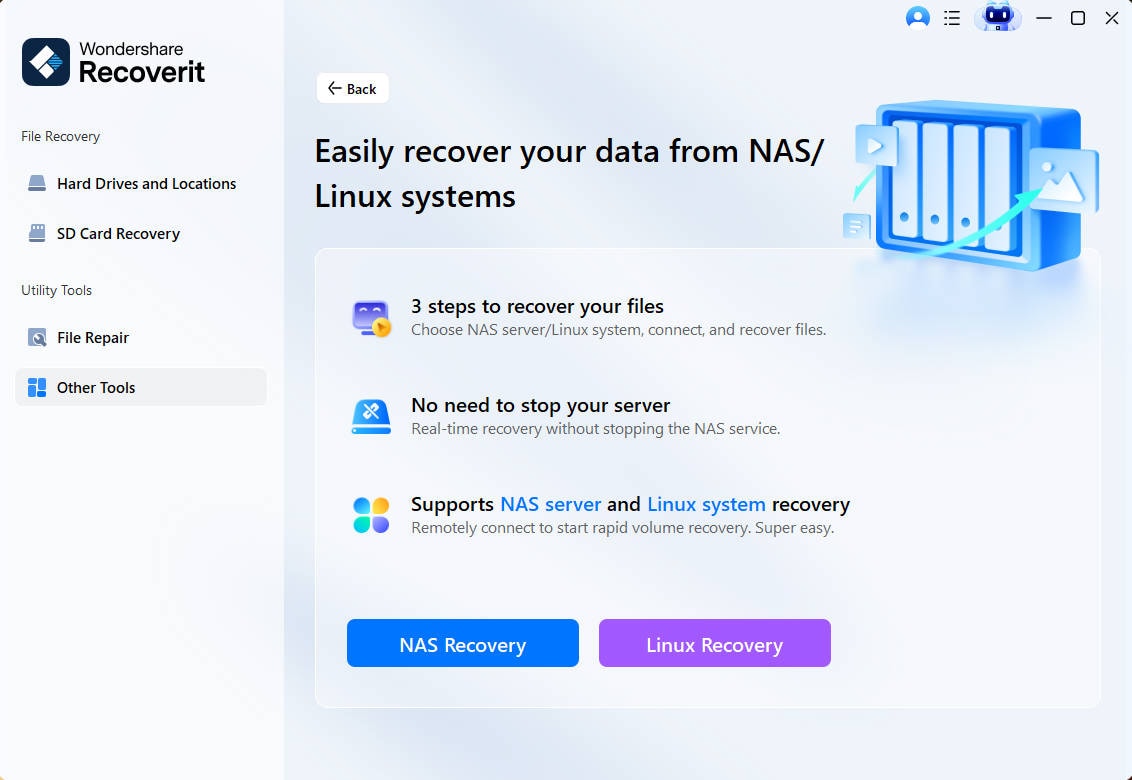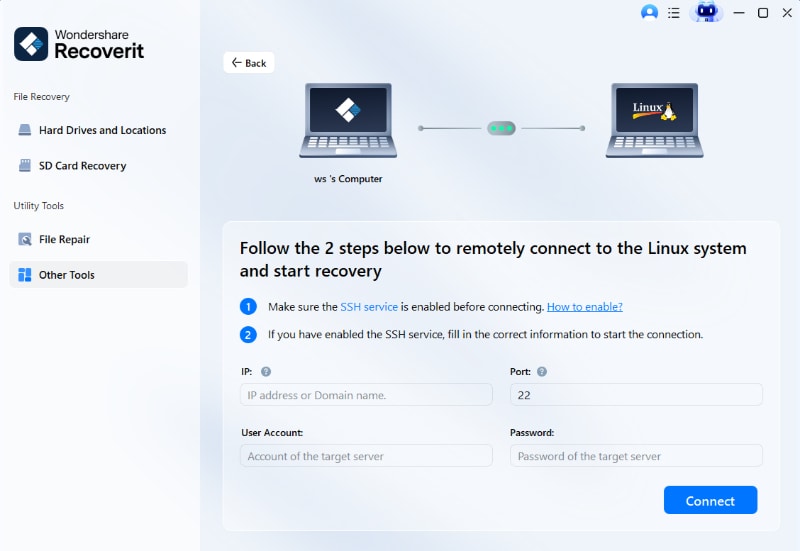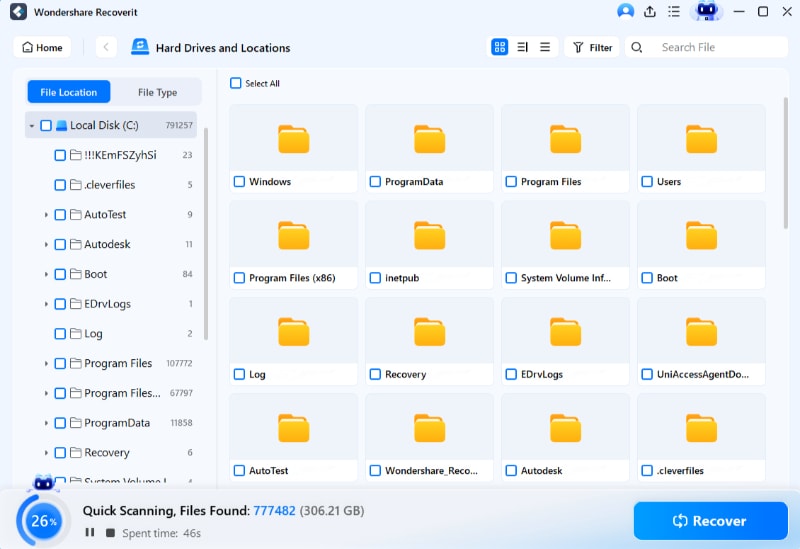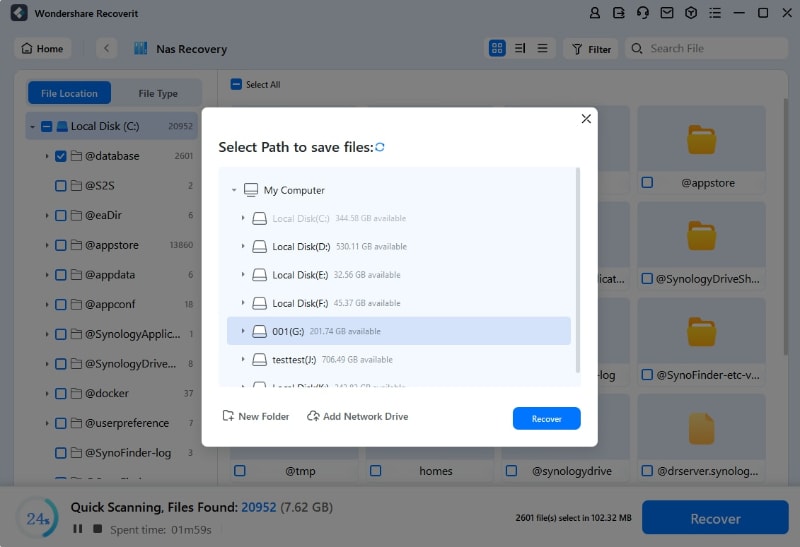Each Linux system user should know how to find and delete log files in Linux, whether to save room on the hard drive or for another purpose. File deletion in Linux may be accomplished in many ways. Large log files are a potential problem for Linux applications. The producers expect their programs to manage their log files independently. Like rolling appenders in log4j2, it allows us to regularly compress and resend logs from Java applications.
Let’s look at a few ways to safely handle an application’s log files.
6 Ways to Clear Log Files in Linux
At times, it may be necessary to completely erase the contents of a hard disk. It often occurs while working with very big log files.
One unpleasant alternative is to delete and replace the file with a new one. However, the wisest course of action is to refrain from doing so. The file's timestamp and other permissions will be changed, rendering the file unrecognizable.
When you remove a file's contents, the file remains intact; no need to create a new empty file. Where can I find the Linux command to delete an entire file? How can I remove everything from a file without erasing it? Let’s find the answers here!
1. Delete Log Files Using the truncate Command
The truncate command is the safest way to empty a file in Linux.
truncate -s 0 filename
The command –s is used to adjusting the size in bytes. For instance, setting "–s 0" means moving the previous bytes to 0 bytes, and the file content will be empty when viewed.
2. Clear Log Files Using the Command :> or >.
If the file is not in use, Bash will recognize it. This command demonstrates the easiest approach to delete a file.
>filename
Although the preceding command is unique to Bash Shell, you may use the following command for other shells:
:> filename
You can also run this command to delete a file:
true > filename
3. Using echo Command to Empty a Log File in Linux
Echo is a simple command that prints its arguments on display, like the example shown below:
echo > filename
Furthermore, you may use the echo command as follows:
echo "" > filename
4. Use /dev/null to Clear a Log File
The command /dev/null is an electronic document with file-handling procedures. Whatever you save to the /dev/null device will be permanently lost; that’s why it is called the black hole of Linux.
cat /dev/null >file.log
The command “cat” prints the contents of /dev/null and is expected to show nothing.
5. Empty Log Files Using the find Command
For you to enable to eliminate log files using the find command, view the example below:
find /var/application-logs -type f -name "*.log" -exec tee {} \; </dev/null
6. Delete Log Files Using the dd Command
“dd” is a command-line tool for handling disk I/O in large blocks. It is ignorant and uninterested in file systems, directory hierarchies, permissions, and other advanced file-related concepts. The tool uses a spatula to move or erase information on the disk.
# dd if=/dev/sdX of=/tmp/dd_example/chunk.bin bs=512 count=1
What Should You Do If You Accidentally Remove a Crucial Log File in Linux?
Do you want to avoid losing everything on your Linux desktop, laptop, or server? Do you want to hear any more what-ifs? Help is on the way with Wondershare Recoverit Linux Data Recovery.
Secure your Linux data against accidental deletion, hardware failure, and natural disasters with this all-encompassing data recovery application. Recoverit Linux Recovery, which is compatible with all major versions of Linux and supports over a thousand different file formats, is the best option for recovering accidentally deleted log files quickly and easily in any of these situations.

Wondershare Recoverit - Your Safe and Reliable Linux Recovery Software
5,481,435 people have downloaded it.
Recovers lost or deleted documents, photos, videos, music, emails, and other 1000+ file types effectively, safely, and completely.
Compatible with all mainstream Linux distros, including Ubuntu, Linux Mint, Debian, Fedora, Solus, Opensuse, Manjaro, etc.
Assists in 500+ data loss scenarios, such as deletion, disk formatting, OS crash, power outage, virus attack, lost partition, and many more.
The simple point-and-click interface allows you to recover data from Linux hard drives in just a few clicks.
Works through a remote connection. You can recover lost data even when your Linux device is crashed.
Follow the guide below to regain the removed log files from Linux right now.
Step 1. Choose Linux Recovery From the Menu
After launching the program, choose "NAS and Linux." It's on the left side of the main screen. Then, click the "Linux Recovery" option to proceed.

Step 2. Connect the Linux Computer
Enter the necessary information to create a remote connection. When ready, choose Connect from the menu.

Wait until the connection is established. Soon after establishing a connection, Recoverit will start searching your computer system for the deleted files.
Step 3. Examine Lost or Deleted Files Before Restoring Them
It might take some time to complete the scanning process if a large amount of data is being scanned. The status of the scan is shown on the bottom bar. The best aspect of Recoverit is that after you've located the file you're looking for, you may stop the search process at any time.

After the scan is complete, Recoverit displays a preview of the recovered files so you can verify they are the correct ones. Choose Recover to retrieve the file and save it on your Linux computer.

The application will ask you to choose a saving location during the data recovery. If you lose files, think about your path and choose a different one this time.

For Windows Vista/7/8/10/11
For macOS X 10.10 or later
FAQs
Below are some frequently asked questions with their respective answers to provide quick and helpful information to users.
Can I remove the Syslog?
Yes, but conflicts and errors may arise. It's better to use # cat /dev/null > /var/log/syslog; however, syslog.1 can be deleted without raising any issues in the program.
Are var log files safe to delete?
Var log files are deletable; however, it is not advisable to delete all, for there are directories in /var/log that are intended to exist. If you remove everything there, you'll likely get many error messages quickly (e.g., exim4, apache2, apt, cups, mysql, samba, and more).
Which log files are deletable?
In most cases, you may safely remove log files. The only potential drawback is that you may need help reviewing the login while investigating a different issue. Even this drawback is temporary since fresh logs are constantly being produced.
Can Syslog, Syslog 1, and Syslog Gz be deleted?
Yes, you can delete the syslog.x and syslog.x.gz files first if you want to make room while you work on fixing the problem of the error messages filling up the logs quickly.
Conclusion
In conclusion, using the instructions mentioned above, erasing log files in Linux is straightforward. It's best practice to create a backup of any crucial data and verify the files or folders you want to remove at least once before doing so. If you accidentally remove data, you may rely on Recoverit Linux Recovery to get them back.

 ChatGPT
ChatGPT
 Perplexity
Perplexity
 Google AI Mode
Google AI Mode
 Grok
Grok























